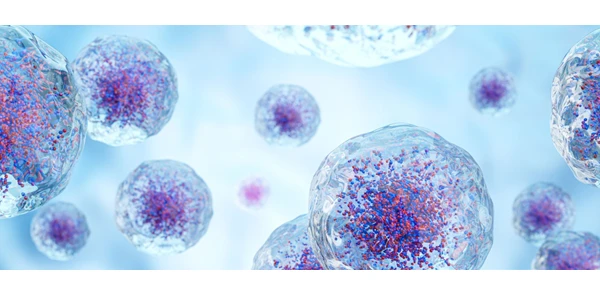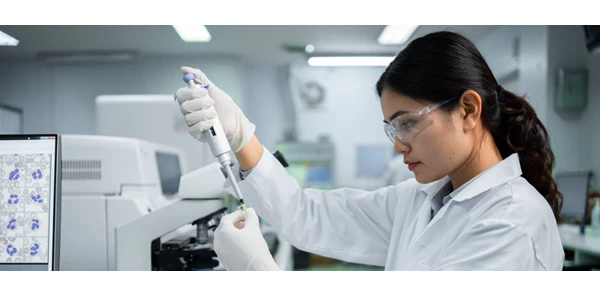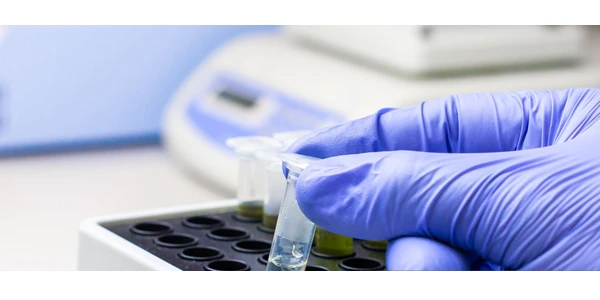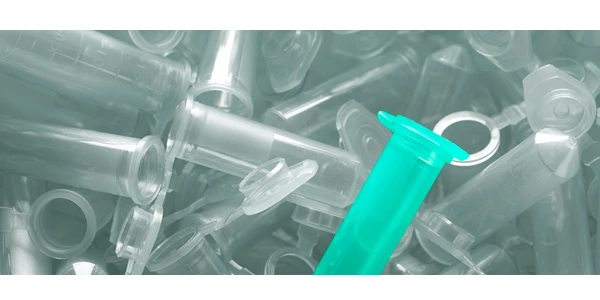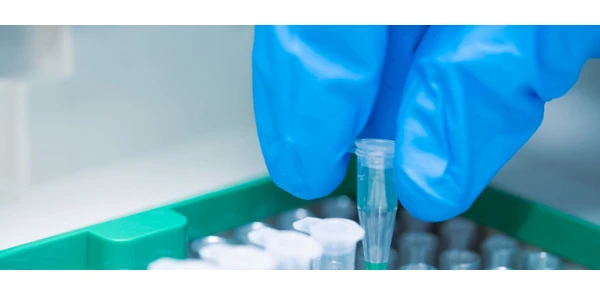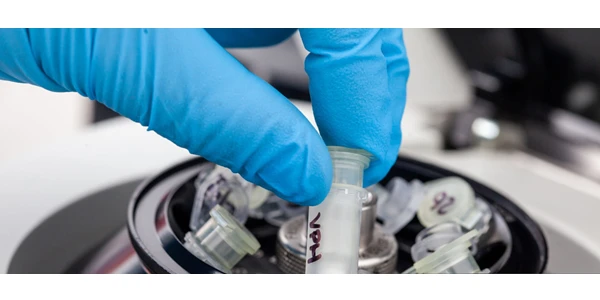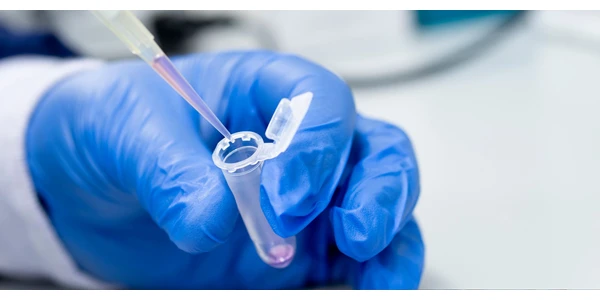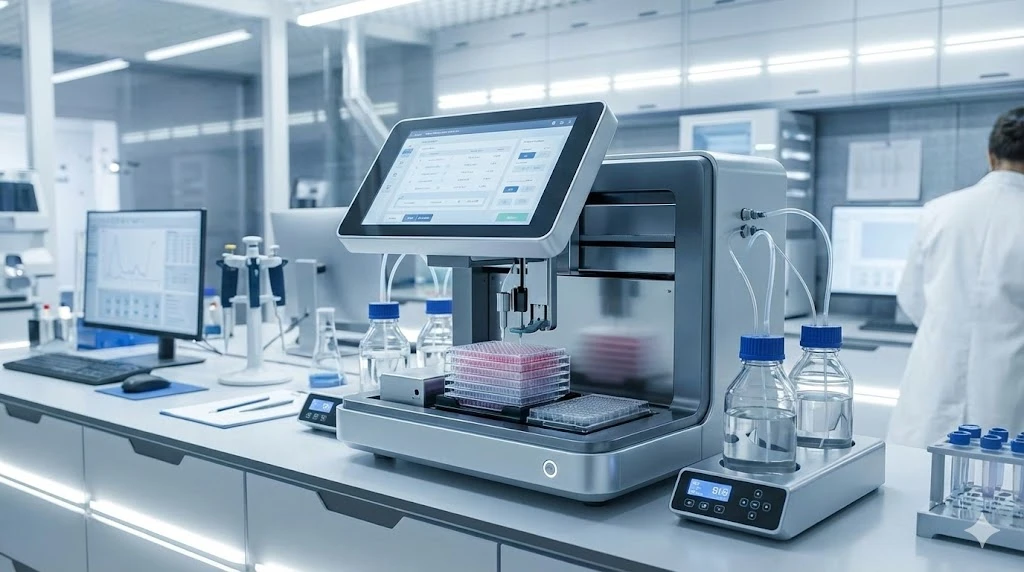Important Considerations for Processing Live Resin for Vaporizer, Infusion, and Concentrate Products
The right techniques and equipment can mean the difference between top-quality product and barely salvageable material
Making high-quality live resin is one thing…
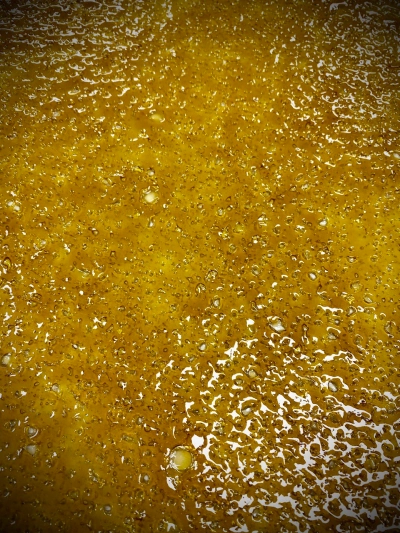 Using the wrong material
handling methods during packaging and storage, on the other hand, can easily destroy
a season’s worth of work. This applies to downstream processes such as
vaporizer filling and dab formatting. Without the right equipment, improper processing
can result in errors and inconsistencies, giving rise to undesirable products that
are unsuitable for sale.
Using the wrong material
handling methods during packaging and storage, on the other hand, can easily destroy
a season’s worth of work. This applies to downstream processes such as
vaporizer filling and dab formatting. Without the right equipment, improper processing
can result in errors and inconsistencies, giving rise to undesirable products that
are unsuitable for sale.
Careful consideration of the solvent removal and pumping processes during dispensing and filling can help ensure accuracy, precision, and consistency. This knowledge, in turn, can inform best practices for quality control of automated vaporizer, infusion, or concentrate production.
What is Live Resin, and why is it valuable?
Live resin is a cannabis extract produced from plant material that was harvested and stored to preserve the chemical profile of the living plant. This is typically accomplished by freezing or freeze drying the material directly after harvesting.
- To preserve the chemical profile and maximize the essence of live resin, processors typically employ cryo-temperature extraction techniques using a light hydrocarbon blend of butane and propane.
- In further processing this initial extraction, a challenge is achieving a balance between effectively removing extraction solvents (butane and propane) and maintaining lowered temperatures (45-55°C) to prevent chemical profile changes.
The dangers of packaging and reformatting
At the heart of the
issue is viscosity.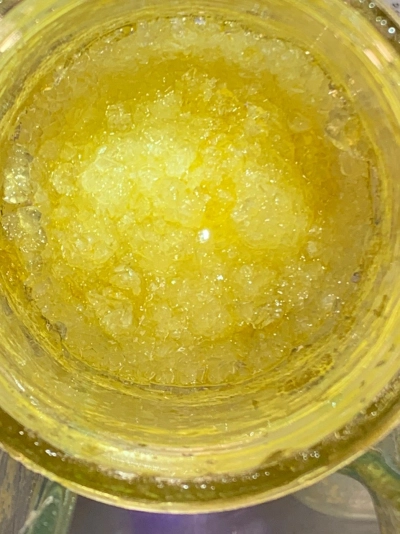
- As the extraction takes place and residual solvents are removed under lowered temperature, the live resin extract begins to increase in viscosity, which impacts downstream operations.
- Packaging processes—including heating, evaporation, conversion, and other steps—can result in damage to live resin product.
Importantly, these processes can result in significant destruction or loss of the plant’s temperature-sensitive terpenes, which account for the aroma and appeal of live resin.
- Viscosity can rise at a very steep curve when solvents are removed, resulting in a thickness and stickiness similar in consistency to cold raw honey.
- Resin has high thermal inertia and heats very slowly, and the viscosity prevents an even temperature distribution. Using hot plates, burners, or homogenizers for heating and agitation can denature and shear terpene live resin preparations.
- Gravity separation—used to separate live resin sauce from dry diamonds—requires extended processing, exposing terpenes to O2 oxidation and allowing light aromatics to evaporate. This effectively lowers the yield and the amount of material that can be sold.
Pumping this extract into vessels or vaporizers can be a significant challenge
Many people inadvertently damage live resin in an attempt to lower the viscosity during filling and reformatting.
- Keeping live resin at an elevated temperature for too long can be detrimental. Live resin can typically spend 1-2 hours at 60°C before material and terpene denaturation starts to occur.
- To pump resins into a
vaporizer, resin is typically super-heated to 70°C or above. This is meant to
counteract the cooling of the resin as it is injected into the vape. As an unintended side effect, this superheating
technique can cause significant damage to temperature-sensitive live resin
materials.
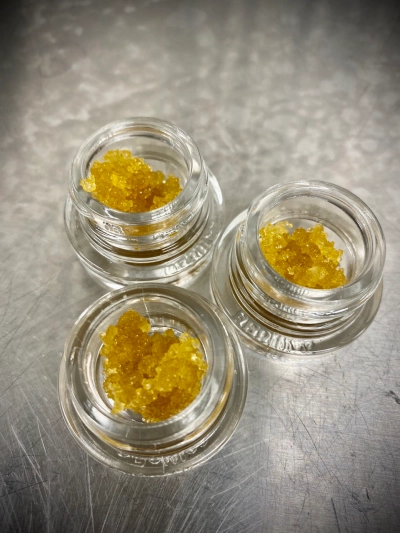
The solution: mechanical displacement pumping for live resins and hash products
Mechanical displacement pumping avoids the need for increased temperature during pumping into either vaporizers, dab jars, or infusing into prerolls.
- Positive displacement pumps function by applying force to a liquid, which is typically compressed mechanically using a linear piston or plunger in a cylinder.
- The resulting pressure of the liquid reaches the point at which it overcomes the pressure in the discharge system.
- Unlike pneumatic displacement—which requires a large amount of heat to move the resin—mechanical displacement operates at a lower temperature.
Xylem cart filler and dab filler use physical displacement to move resins and paste-like dabs at temperatures as low as 38°C.
Mechanical pumping can support highly precise filling, and by automating the entire system, a high level of accuracy and precision can be achieved at scale—with quality that cannot be matched.
Conclusion
Careful preparation during the extraction process is important to maintain the chemical integrity of live resin. This includes low-temperature stirring during solvent purging to prevent chemical alteration or localized overheating of the extract. The elevated viscosity of the cold extraction material requires positive displacement pumping for downstream applications such as vaporizer cartridge dosing and filling.
Mechanical positive displacement pumps offer superior accuracy and precision, providing the reliability needed to support automated workflows. These automated systems can lead to better quality control and a higher percentage of top-quality products.
In the end, live resin products such as vapes command a higher price point due to their high-terpene, full-spectrum extract qualities. Regardless of this, the lack of attention to details, such as pumping performance, can lead to lower-valued products or those that fail to meet regulatory guidelines. These products then reach the unfortunate fate of being discarded before they even reach dispensary shelves.
This editorial was published in partnership with Xylem Tech:
